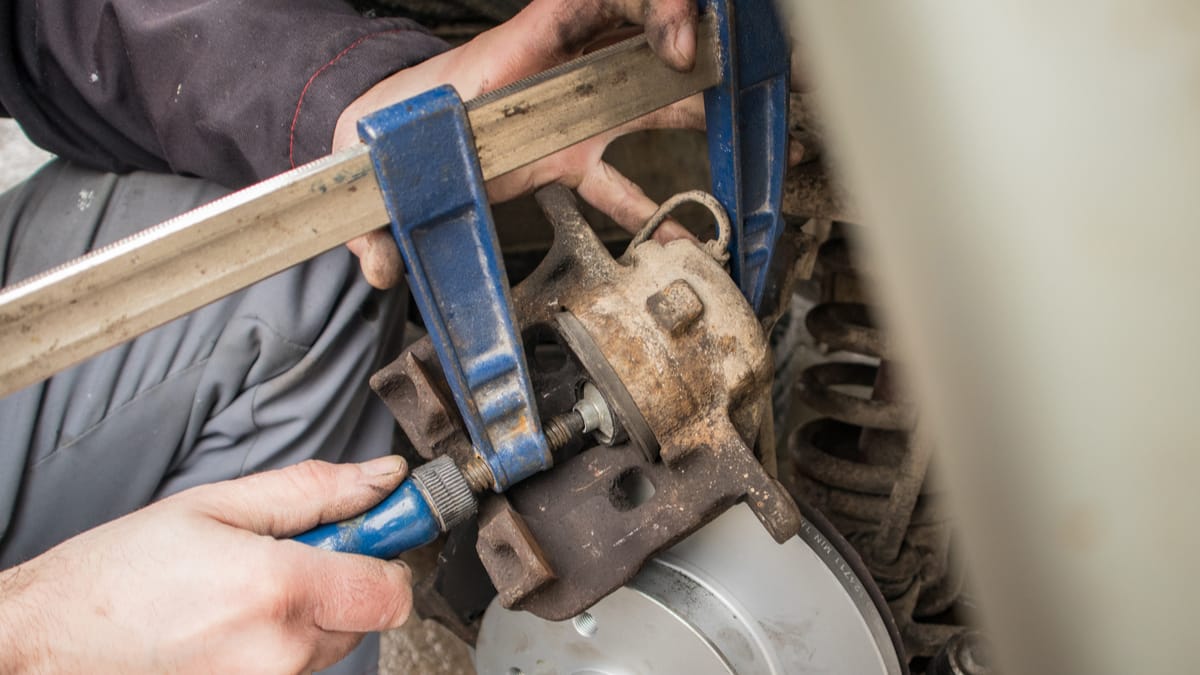What Can I Do to Compress My Brake Caliper?
The first step to repairing your car’s brake calipers is to check the piston. It is essential that the piston is subjected to even pressure. However, it can be tricky to compress the piston because it may not fit perfectly. A good compression tool is designed to fit the exact dimensions of the corresponding parts. If you’re unsure, you can also take your car to a mechanic to fix the problem.
A good way to properly compress your brake caliper is to remove it from the car and use a tool designed to do the job, learn more here. This tool is designed to rotate the piston back into the housing. You can also push the brake piston into the rotor using channel locks. The tool will have a channel lock that is placed under the caliper, which will help keep it in place. If you don’t have a brake caliper compression tool, you can use a pair of vise grips. While this technique will not give you the same level of grip, it is useful in emergency situations. When using vise grips, be sure to avoid excessive pressure. If you do it incorrectly, you may end up damaging the braking system. If you do get the brake cylinders wet, it will not work, so be careful.
If you don’t have a brake caliper compression tool, you can use a pair of vise grips. While this technique will not give you the same level of grip, it is useful in emergency situations. When using vise grips, be sure to avoid excessive pressure. If you do it incorrectly, you may end up damaging the braking system. If you do get the brake cylinders wet, it will not work, so be careful.
If you don’t have a brake caliper compression tool, you can try using a vise grip. This technique will work as long as you know how to use the braking system. Ensure that the caliper is dry before you begin the process. The brake fluid will be in the caliper as it presses the piston. If the caliper doesn’t press, it’s probably a dirty nut or bolt.
The first thing you should do is get a C-clamp. A C-clamp is a clamp that fits over the piston of the brake caliper. You can then screw the caliper back into place. You’ll need to use a different type of brake calender compression tool to do this, though. When you’ve done this, you’ll see that your braking sloping brake calipers are finally going in place.
Having the proper tools to compress your caliper is important. A c-clamp will allow you to squeeze the caliper pistons while it is still attached to the brake cylinder. If you don’t have a c-clamp, you can use a channel lock instead. If you don’t have a channel lock, use a caliper piston compression tool.
Before you attempt to use a c-clamp to compress your caliper, you should remove the tires and brake rotor from the car. Then, you should place the caliper on top of the rotor and attach the c-clamp. Next, you should attach a c-clamp to the caliper using a c-clamp or a channel lock.
Another option to compress brake calipers is to use a vise grip. These tools are not as precise as a compressor tool, so you need to make sure you have the right one for the job. Before using a c-clamp, you should first remove the hydraulic reservoir. Put a source pan under the caliper to collect the fluid. You should use a caliper piston compression tool to do the job.
A brake caliper compression tool is designed to push the pistons back into the rotor. Before you compress your caliper, you should remove the rotor and tires. Then, you should place the caliper on a source pan to collect any excess fluid. When you’re ready to compress your caliper, you need to use the c-clamp and the pliers. You need to remove the hydraulic reservoir and a source pan underneath the rim.
Using a c-clamp or a vice tool is the most common way to compress a caliper. These tools clamp the piston so that it is in a flat position. The flat face of the dual-piston braking caliper compressor prevents misalignment by applying consistent pressure to multiple pistons. Likewise, the caliper press tool has a 360-degree swing, making it easy to adjust angles.



